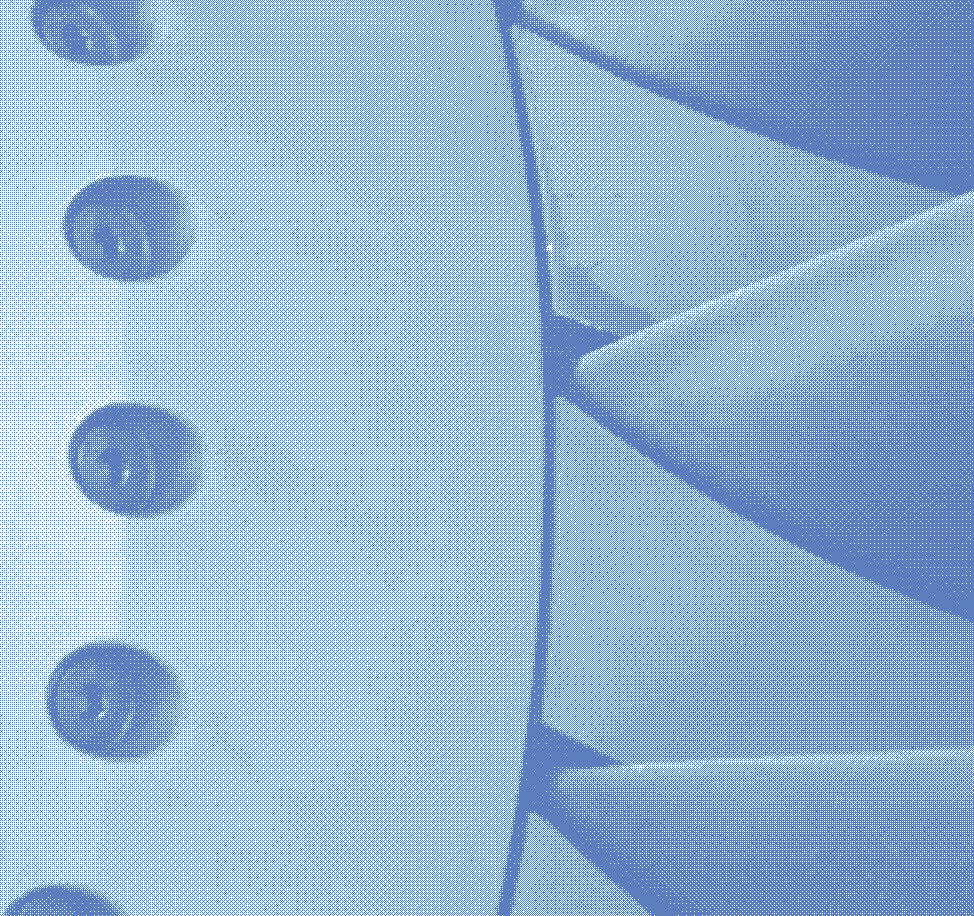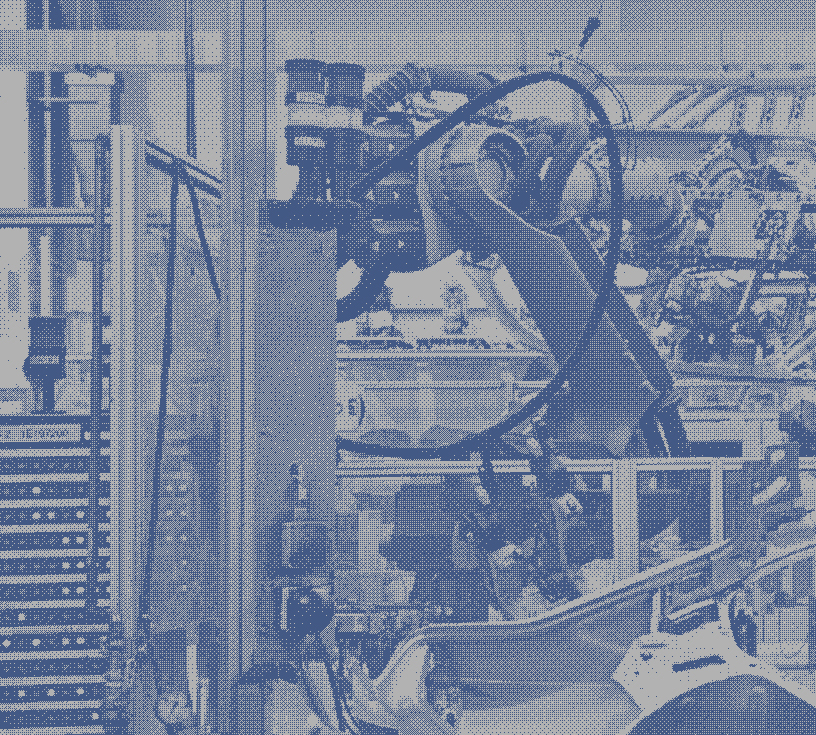



Research Projects
Aluminium
Strain Path Effects on Dynamic Precipitation in Aluminium Alloys

Aluminium alloys strengthened by precipitates are widely used in the automotive and aerospace industry. Precipitation is usually achieved by heat treatment after material forming, but this adds time and cost to processing. By combining forming and precipitation, the opportunity exists to both improve performance and reduce process time and cost. Enabling this radically new manufacturing approach requires a much better fundamental understanding of precipitation under dynamic conditions (during forming). In particular, the role of strain path on precipitation is poorly understood, but is vital to exploiting the potential of combined forming/precipitation treatments. This project aims to develop new methods to characterise and understand the effects of strain path on precipitation in aluminium alloys.

